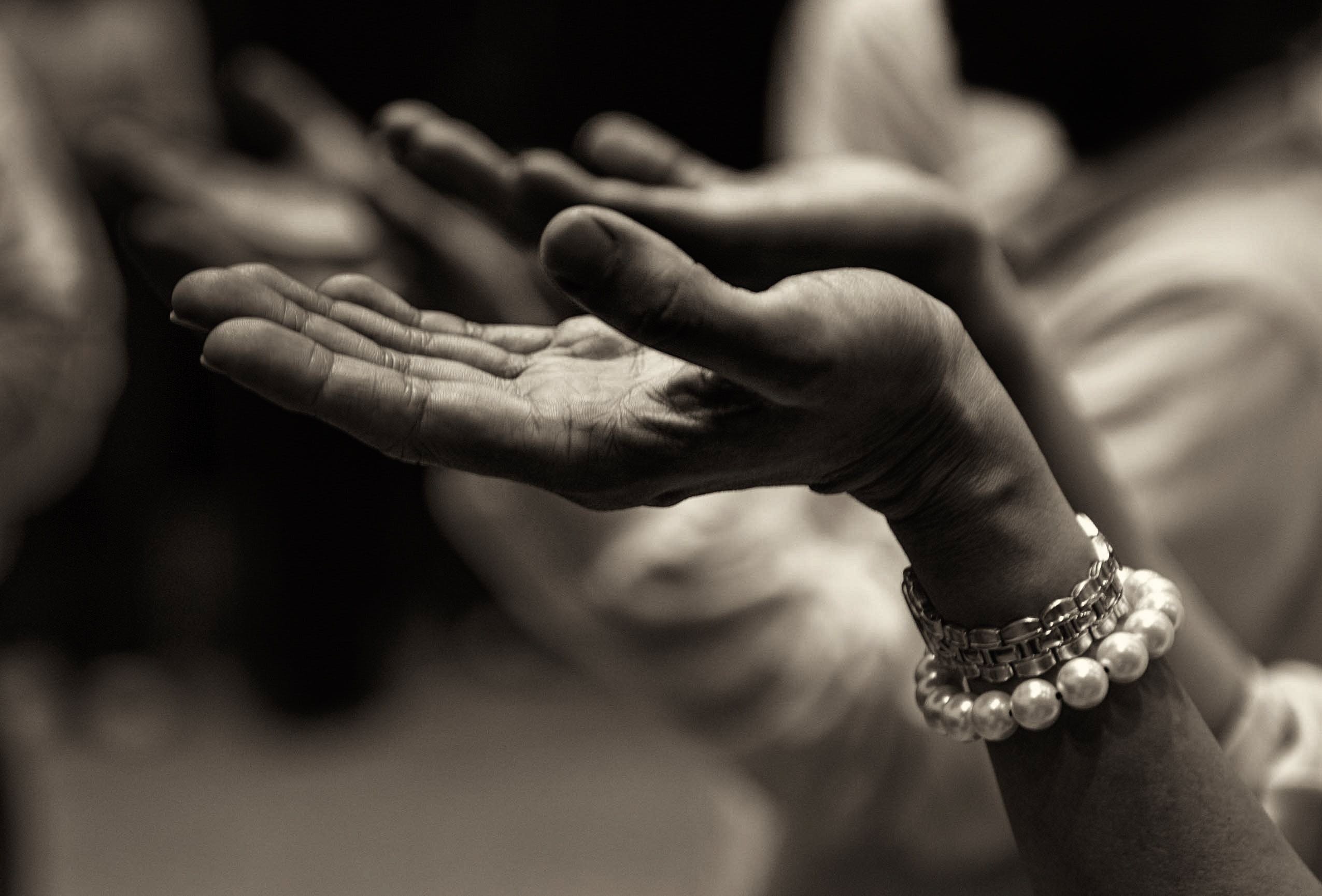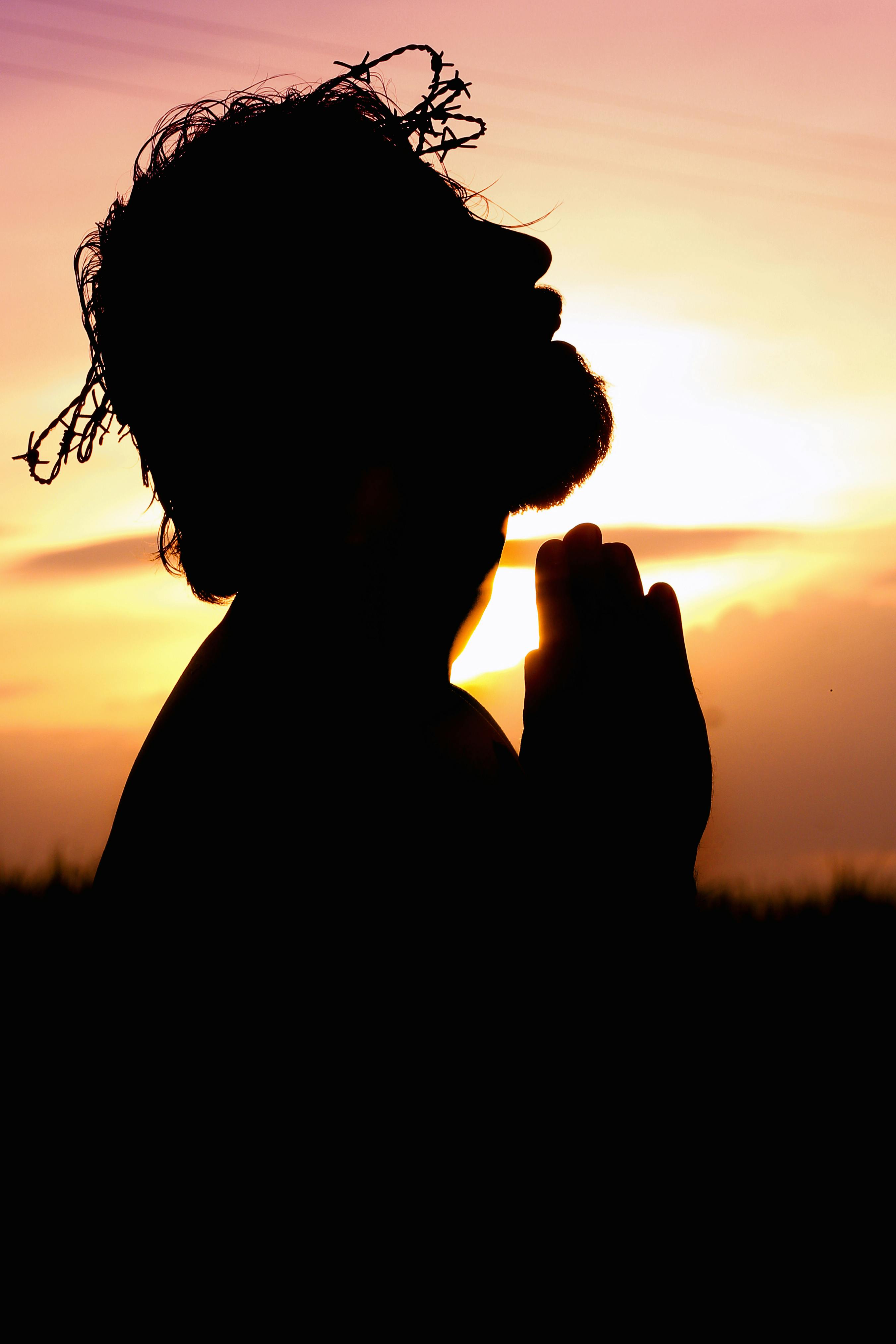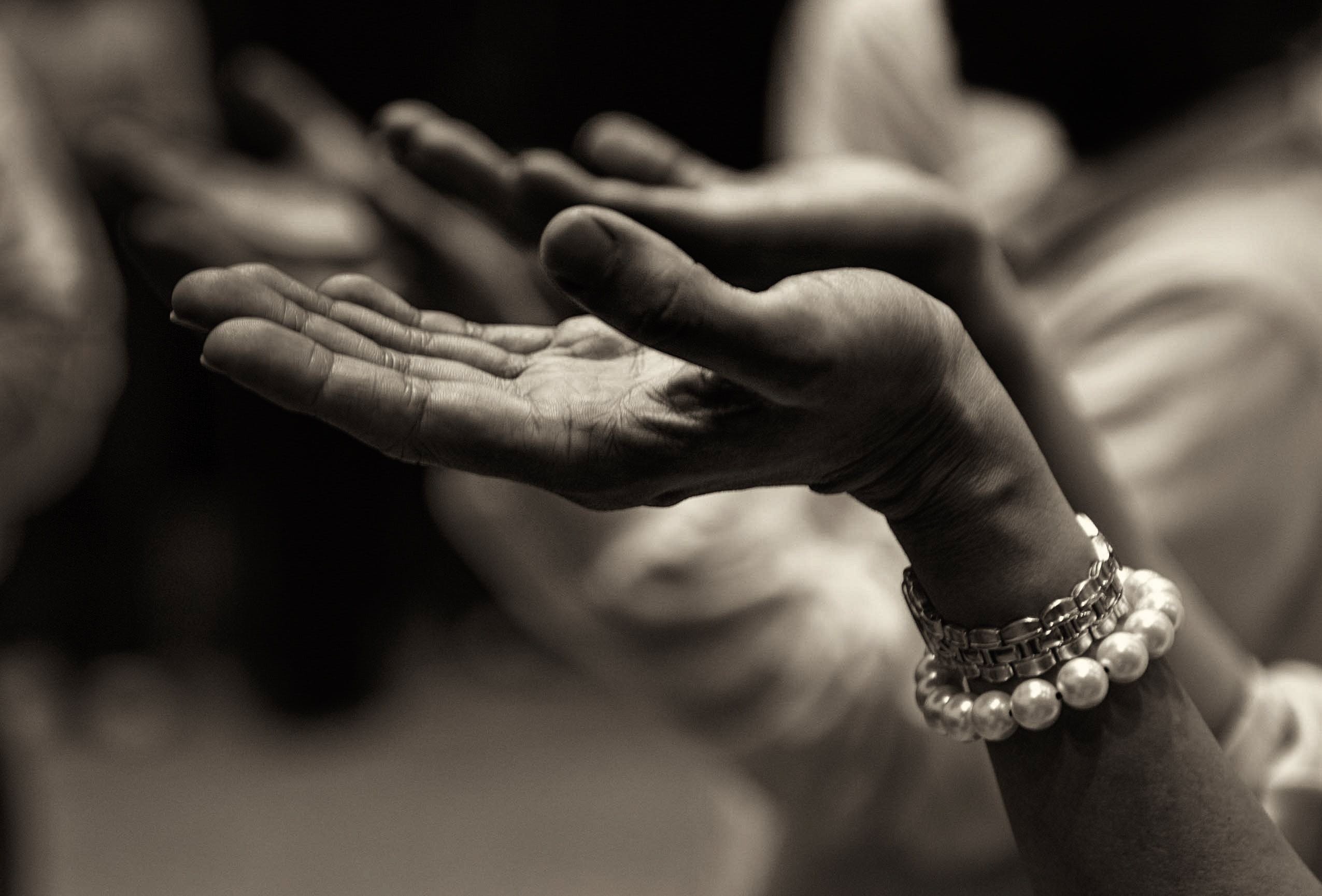In the enchanting land of Goa, where the golden beaches meet the shimmering waters, lies the serene and mystical Shantadurga Temple. This sacred sanctuary is dedicated to the peaceful goddess Shantadurga, who radiates a tranquil energy that envelops all who visit. As we venture into the heart of India’s cultural tapestry, this temple beckons us to embark on a spiritual odyssey, where ancient traditions intertwine with the modern world. It is a place where devotees and tourists alike can immerse themselves in the divine aura, gaining a deeper understanding of the interconnectedness of history, faith, and culture. Join us on this transformative journey as we explore the captivating allure of the Shantadurga Temple Goa and uncover the secrets of the peaceful goddess that resides within its hallowed walls.

History of Shantadurga Temple
The Shantadurga Temple, located in the state of Goa, holds a rich history that dates back centuries. This temple is dedicated to Goddess Shantadurga, the peaceful deity who is believed to represent harmony and tranquility. The history of the temple, much like its architecture, is a fascinating blend of Goan and Portuguese influences.
Background of the temple
The Shantadurga Temple is one of the most prominent Hindu temples in Goa and holds immense religious significance for locals and pilgrims alike. It is situated in the small village of Kavlem, in the Ponda taluk of North Goa. The temple is nestled amidst lush greenery and provides a serene and peaceful environment for devotees to connect with the divine.
Legend of the temple
According to local legends, the Shantadurga Temple was originally located in the tiny village of Keloshi. However, due to the threat of invasion by the Portuguese, the temple was relocated to its present site in Kavlem during the 16th century. This move was commissioned by the then ruler of Goa, Maratha king Chattrapati Shahu.
Construction of the temple
The construction of the Shantadurga Temple in its current form began in the 18th century under the patronage of the Portuguese rulers. The temple’s architecture bears a distinct influence of both traditional Goan style and Portuguese aesthetics. This unique blend of architectural styles has led to the temple being recognized as an architectural marvel.
Architectural Marvel
The Shantadurga Temple stands out for its distinctive architectural features that showcase the skill and craftsmanship of the builders.
Distinctive features of the temple
The temple is characterized by its grand entrance, known as the Deepa Stambha or the Lamp Tower, which is adorned with intricate carvings and sculptures. As one enters the temple complex, the eye is immediately drawn to the magnificent arched doorway that leads to the main shrine. The temple’s exterior is embellished with ornate carvings depicting various deities and mythological tales.
Influence of Goan and Portuguese architecture
The Shantadurga Temple displays a beautiful amalgamation of Goan and Portuguese architectural styles. The temple’s layout and structure are based on traditional Goan temple architecture, featuring a pillared central hall and multiple smaller shrines dedicated to various gods and goddesses. However, the Portuguese influence is evident in the use of arches and decorative elements reminiscent of European churches.
Sculptures and carvings
The intricate sculptures and carvings found within the Shantadurga Temple are a testament to the artistic prowess of the craftsmen of that era. The walls of the main shrine are adorned with depictions of scenes from Hindu mythology, showcasing the devotion and attention to detail that went into creating this masterpiece. The carvings depict various gods, goddesses, and mythical creatures, each with its own symbolic significance.

Significance of Shantadurga Temple
The Shantadurga Temple holds great religious and cultural importance in the lives of the people of Goa.
Goddess Shantadurga: The peaceful deity
Goddess Shantadurga, the presiding deity of the temple, is revered as the embodiment of peace and harmony. Devotees flock to the temple to seek her blessings and find solace in her serene presence. The temple serves as a sacred space where people can connect with the divine and experience a sense of inner peace.
Religious importance of the temple
The Shantadurga Temple is highly revered by the local Hindu community, who consider it one of the holiest sites in Goa. The temple plays a vital role in religious rituals and ceremonies, serving as a center for worship and prayer. It serves as a focal point for religious and cultural gatherings, bringing communities together in celebration.
Celebrations and festivals at the temple
The Shantadurga Temple is known for its vibrant celebrations and festivals, which attract devotees from all over Goa and beyond. Navratri, a nine-night festival dedicated to the goddess, is particularly significant at the temple. During this time, the temple comes alive with music, dance, and elaborate rituals. Another major festival celebrated with great enthusiasm is Dussehra, where the victory of good over evil is commemorated.
Spiritual Experience at Shantadurga Temple
Visiting the Shantadurga Temple offers an opportunity for a deeply spiritual experience that leaves a lasting impression on visitors.
The serene ambience of the temple
As soon as one enters the temple complex, they are greeted by a serene ambience that instills a sense of calm and tranquility. The lush green surroundings, coupled with the soothing sound of temple bells and the aroma of incense, create an atmosphere that is conducive to spiritual reflection and introspection.
Devotees’ testimonials
Devotees who visit the Shantadurga Temple often speak of the profound spiritual experiences they have had within its sacred walls. Many claim to have felt an overwhelming sense of peace and divine presence, while others attest to the fulfillment of their prayers and wishes. The temple serves as a place of solace for those seeking guidance and healing.
Meditation and prayer practices
The Shantadurga Temple provides dedicated spaces for devotees to engage in meditation and prayer practices. These spaces are designed to facilitate deep introspection and enable individuals to connect with their inner selves and the divine. Many visitors find solace in spending quiet moments in prayer, seeking blessings, and finding spiritual nourishment.

Visiting Shantadurga Temple
For those looking to visit the Shantadurga Temple, it is essential to be aware of certain guidelines and practical information.
Location and accessibility
The Shantadurga Temple is located in Kavlem village, Ponda, Goa. It is easily accessible by road and is approximately a 30-minute drive from the capital city of Panaji. The temple’s location amid picturesque surroundings adds to the allure of the visit and makes for a pleasant journey.
Opening hours and entry fees
The temple is open to visitors from early morning to late evening, offering ample time for devotees to experience its tranquil ambiance. There is no entry fee to visit the temple, and all are welcome to partake in its spiritual offerings.
Proper attire and photography regulations
When visiting the Shantadurga Temple, it is important to dress modestly and respectfully. Both men and women are expected to cover their shoulders and knees as a mark of reverence. Photography regulations may vary, so it is advisable to check with the temple authorities before taking any photographs or videos.
Exploring the Temple Complex
The Shantadurga Temple complex is a vast and well-designed area that showcases the architectural brilliance of its builders.
Layout and architecture of the complex
The temple complex is laid out in a way that reflects the traditional Goan temple architecture. It consists of multiple structures built around a central courtyard, with the main shrine at the center. Surrounding the central courtyard are smaller shrines dedicated to various deities, each showcasing its own unique architectural style.
Main shrine and smaller shrines
The main shrine of the Shantadurga Temple is the centerpiece of the temple complex. It is dedicated to Goddess Shantadurga and is adorned with elaborate decorations and intricate carvings. Surrounding the main shrine are smaller shrines dedicated to gods and goddesses such as Lord Ganesha, Lord Shiva, and Lord Vishnu. These smaller shrines add to the holistic experience of the temple complex.
Associated structures and facilities
Apart from the main and smaller shrines, the Shantadurga Temple complex also houses various structures that contribute to the overall experience. These include prayer halls, meditation rooms, and spacious courtyards where devotees can engage in religious and spiritual activities. The complex also provides facilities such as restrooms, resting areas, and shops selling religious artifacts.
Shantadurga Temple Festivals
The Shantadurga Temple is a hub of celebration and festivity throughout the year, hosting a variety of religious and cultural festivals.
Navratri celebrations
Navratri, meaning “nine nights,” is one of the most significant festivals celebrated at the Shantadurga Temple. The festival honors Goddess Durga and her various forms. During Navratri, devotees participate in religious rituals, sing devotional songs, and engage in vibrant dances known as garba and dandiya. The temple premises are beautifully decorated, and the atmosphere is filled with devotion and joy.
Dussehra celebrations
Dussehra, also known as Vijayadashami, is another major festival celebrated with great fervor at the Shantadurga Temple. This festival marks the victory of Lord Rama over the demon king Ravana. Elaborate processions and reenactments of the epic Ramayana take place during Dussehra, creating a vibrant and festive atmosphere. The celebrations culminate with the burning of effigies symbolizing the triumph of good over evil.
Other important festivals
Apart from Navratri and Dussehra, the Shantadurga Temple also celebrates various other festivals throughout the year. These include festivals dedicated to Lord Shiva, Lord Ganesha, and other deities. The temple becomes a hub of activity during these festivals, with devotees from near and far coming together to seek blessings and take part in the festivities.
Pilgrimage and Tourism
The Shantadurga Temple is not only revered as a place of worship but also attracts tourists from around the world who are fascinated by its historical and cultural significance.
Shantadurga Temple as a pilgrimage site
For devotees and spiritual seekers, the Shantadurga Temple holds immense importance as a pilgrimage site. Many people embark on a journey to the temple to seek blessings, find solace, and connect with the divine. The temple’s serene ambience and the spiritual experience it offers make it a must-visit destination for those on a pilgrimage in Goa.
Tourist attractions near the temple
The Shantadurga Temple is surrounded by several tourist attractions that visitors can explore. Just a short distance away lies the famous Mangeshi Temple, dedicated to Lord Shiva. The picturesque village of Old Goa, which is home to several historical churches and relics, is also in close proximity. The nearby spice plantations and the scenic beauty of the Western Ghats add to the tourism potential of the area.
Religious and cultural tourism in Goa
Goa is known for its vibrant blend of cultures and traditions, and religious and cultural tourism plays a significant role in its economy. The Shantadurga Temple contributes to this by attracting both domestic and international tourists interested in exploring the state’s rich heritage and spiritual offerings. Visitors to the temple often extend their stay in Goa to explore its other attractions, making it a popular destination for religious and cultural tourism.
Lore and Legends
The Shantadurga Temple is not devoid of intriguing myths, legends, and tales that have been passed down through generations.
Mythology surrounding Shantadurga Temple
According to mythology, Goddess Shantadurga emerged to resolve a conflict between Lord Vishnu and Lord Shiva. The goddess is believed to have taken the form of Shanta (peace) and mediated between the two deities, bringing harmony to the universe. The Shantadurga Temple stands as a representation of this sacred act of mediation, and devotees worship the goddess to seek her blessings for peace and tranquility in their lives.
Stories of miracles and divine interventions
Over the years, numerous stories have emerged about miracles and divine interventions attributed to Goddess Shantadurga. Devotees often share accounts of having their prayers answered, illnesses cured, and fortunes changed as a result of their faith and devotion to the goddess. These personal anecdotes serve as a testament to the enduring belief in the power of the divine at the Shantadurga Temple.
Local beliefs and customs
The people of Goa hold various beliefs and customs associated with the Shantadurga Temple. It is believed that a visit to the temple during Navratri brings immense blessings and invokes the goddess’s protective powers. Devotees often observe special rituals and make offerings to express their devotion and seek her divine intervention. These local customs add to the unique cultural fabric surrounding the temple.
Preserving Tradition and Heritage
The Shantadurga Temple plays a crucial role in preserving and promoting the rich cultural heritage of Goa.
Conservation efforts at Shantadurga Temple
The temple authorities are dedicated to the preservation and maintenance of the Shantadurga Temple. Regular restoration and conservation work ensure that the temple remains in good condition, allowing future generations to experience its grandeur and historical significance. These efforts also extend to the surrounding areas, with initiatives aimed at preserving the natural beauty and ecological balance of the region.
Role of the temple in preserving Goan culture
Goa is known for its vibrant blend of cultures, and the Shantadurga Temple serves as a bastion of Goan culture. The temple’s architecture, festivals, and rituals showcase the region’s unique traditions and customs. By fostering a sense of pride and belonging among the local community, the Shantadurga Temple plays a significant role in safeguarding and promoting Goan culture for generations to come.
Contributions to local communities
The Shantadurga Temple actively engages with the local community, contributing to their well-being and development. The temple organizes various social, educational, and religious programs aimed at uplifting the community. Through initiatives such as scholarships, skill development, and healthcare services, the temple plays a vital role in empowering the local population and creating a strong sense of unity and social cohesion.
In conclusion, the Shantadurga Temple in Goa stands as a testament to both the architectural prowess and the deep-rooted faith of the people. With its rich history, distinct architectural features, and significant religious and cultural importance, it continues to draw pilgrims and tourists from around the world. The temple’s serene ambiance, spiritual experiences, and vibrant festivals create an enchanting environment that leaves a lasting impression on all who visit. Moreover, with its contributions to preserving tradition and heritage and its role in promoting Goan culture, the Shantadurga Temple holds a special place not only in the hearts of devotees but also in the collective identity of the Goan community.
